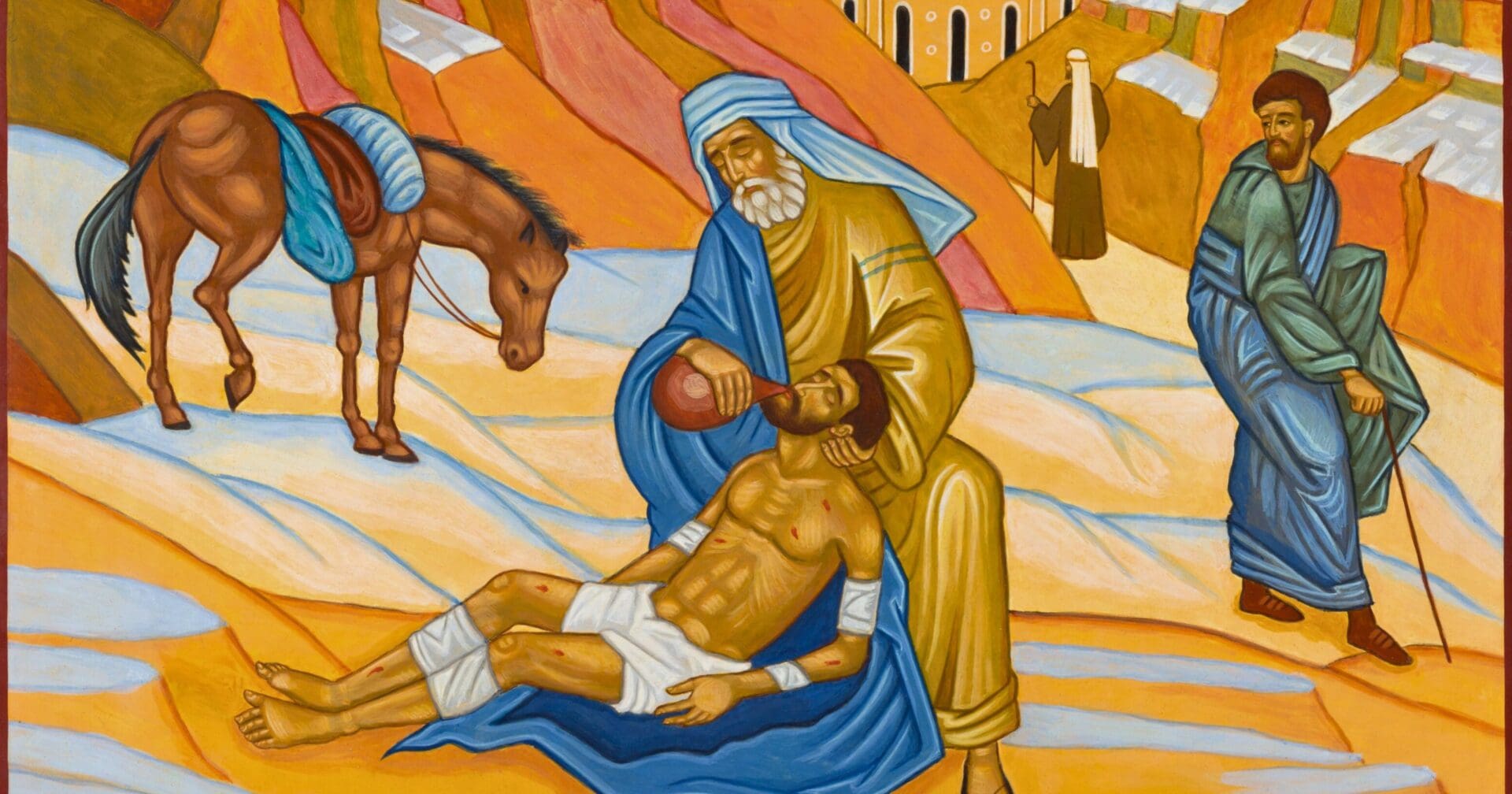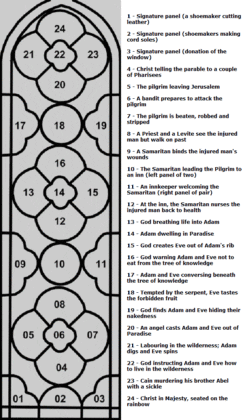The parable of the Good Samaritan is told by Jesus in the Gospel of Luke, an exemplification of the second Great Commandment.
For the whole law is fulfilled in one statement, namely, “You shall love your neighbor as yourself.” – Galatians 5:14
But did you know there’s an ancient Church tradition interpreting the parable allegorically?
In his “Homilies on Luke,” Origen writes:
“The man who was going down is Adam. Jerusalem is paradise, and Jericho is the world. The robbers are hostile powers. The priest is the Law, the Levite is the prophets, and the Samaritan is Christ. The wounds are disobedience, the beast is the Lord’s body, the inn, which accepts all who wish to enter, is the Church. The manager of the inn is the head of the Church, to whom its care has been entrusted. And the fact that the Samaritan promises he will return represents the Savior’s second coming.” (CUA Press 1996)
Laid out by Origen, the interpretation has been endorsed by almost all the Church Fathers and was universal in the Early Church!
“This allegorical reading was taught not only by ancient followers of Jesus, but it was virtually universal throughout early Christianity, being advocated by Irenaeus, Clement, and Origen, and in the fourth and fifth centuries by Chrysostom in Constantinople, Ambrose in Milan, and Augustine in North Africa. This interpretation is found most completely in two other medieval stained-glass windows, in the French cathedrals at Bourges and Sens.” (John Welch 2007)
A great example of this is seen in the medieval stained-glass at the Chartres Cathedral in France, known as the Good Samaritan Window.
Editorial credit: Renata Sedmakova / Shutterstock.com | Photo credit: JBThomas4 via Wikimedia 1, 2



















